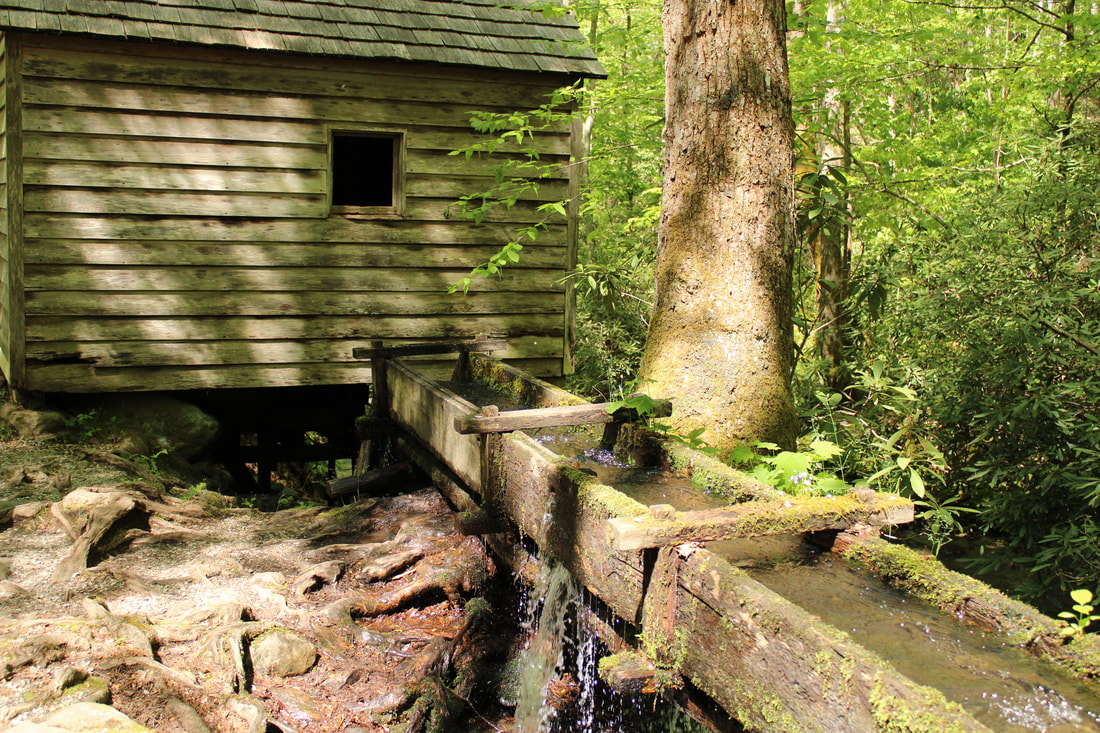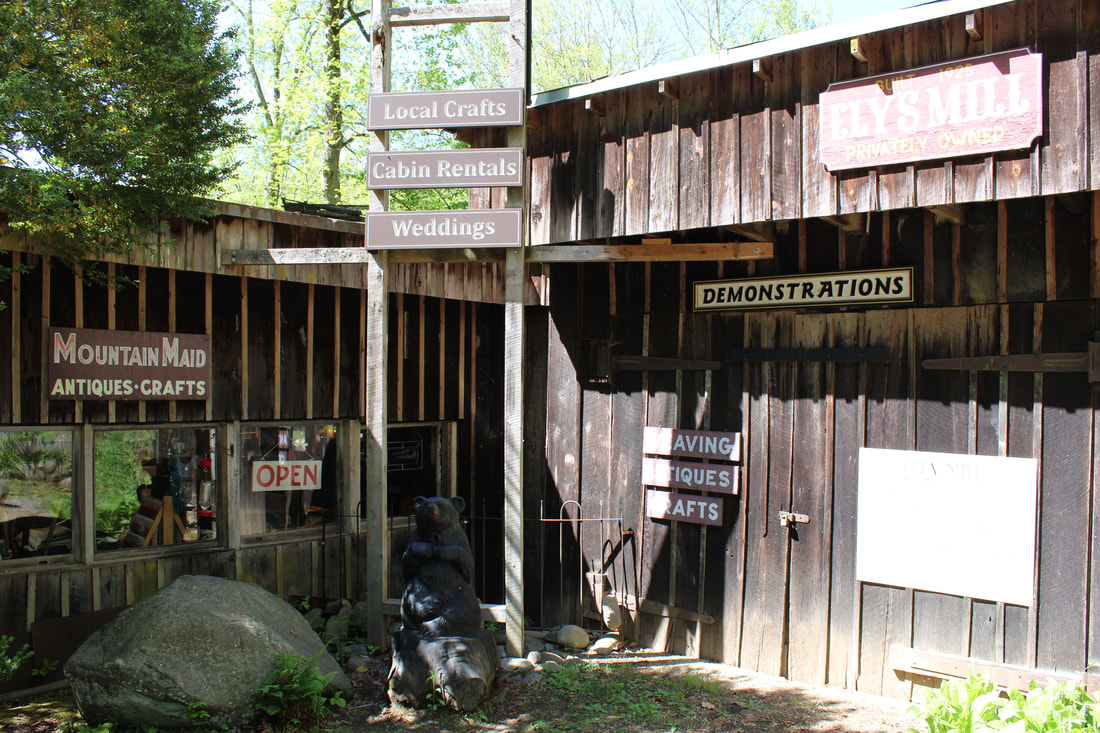|
A look at nineteenth century settlements throughout The Smoky Mountains, in which we will explore the habitations and agricultural ingenuity of a time long passed . . .
This Website Contains Affiliate Links
The Appalachian mountains contain a fascinating yet turbulent history. When Europeans first made their way into these lands, they immediately realized the the opportunities that this environment would allow. This led to an influx of settlers that would begin to transform the natural landscape as well as the demographics of the region.
A Look at Nineteenth Century Settlements throughout The Smokies
Over 16,000 years ago the first Americans made their homes in this land. For ages these mountains belonged exclusively to Native American groups, with this area being mostly inhabited by the Cherokee. Countless tribal towns once dotted this landscape before newcomers arrived. The Spanish had crossed through these hills in the mid 1500s, but permanent European settlements did not begin to spring up until the early 1700s. By the 1800s, many of the pioneers that were making their way into this land were the Scot-Irish. These new immigrants brought with them many traditions that would take root and help to form a new culture that would become synonymous with the term Appalachian.
We will begin this virtual tour on the outskirts of a Native American Reservation in North Carolina, and work our way up across the state line into eastern Tennessee. Keep in mind the following is just a sample of the seemingly endless amount of historic homesteads and habitations you'll find in the area. Cherokee, North Carolina
The town of Cherokee is home to an amazing amount of activities for outdoor enthusiasts. The Oconaluftee Visitor Center can be found just north of town, and provides a mixture of nature and history in one interesting location.
Gatlinburg, Tennessee
Gatlinburg, Tennessee is home to an impressive amount of nineteenth century cabins that have been preserved by the park system. From downtown you can take the Historic Nature Trail road south along a scenic one-way loop full of old cabins, barns, and mills that proudly display the resilience and ingenuity of the Appalachian people.
The Noah "Bud" Ogle Cabin will be the first historic structure you pass. While exploring this homestead, don't overlook the nature trail that loops around the perimeter. A few miles up is the Alex Cole Cabin. This property consists of two other buildings resting along a gently sloped field. Just down the way the Ephraim Bales Cabin waits to also be explored. Cabins such as this one often had a kitchen separated from the living quarters by a breezeway to avoid heating the living area during the warm summer months.
With a mostly rocky landscape, this part of The Smokies would have proved to have been a more difficult ground for agricultural endeavors. Fruit and nut trees were abundant, but the locals also managed to raise a variety of livestock as well. It would take a bit of creativity to produce certain crops along the steep mountain paths, but there is proof that it could be done. The Alfred Reagan Tub Mill was once used to process corn that was grown in small patches in nearby fields.
Ely's Mill is the last stop along this historic loop. The mill is no longer in operation, but the store is ran by descendants of the original family. Inside you will have the opportunity to pick up a souvenir and a light snack after a long day sightseeing.
Cades Cove
The main feature of Cades Cove is an 11 auto loop. There are many pull-offs and parking lots, allowing for the visitor to get out and explore the various trails and buildings. Along the way you will also have the opportunity to view wildlife including bear, deer, and elk. This one is also a one-way adventure, so grab a map at the entrance and plan your stops accordingly.
One of the first historic structures you will encounter is at John Oliver Place. Construction began on this cabin in 1826, and it remained in the family for the next 100 years. Just down the road is the homestead of his son Elijah Oliver. You will have to hike about a half mile to get to this hidden gem, but it is totally worth it.
One of the many impressive features at Elijah's place is the cleverly designed springhouse. This small shed has a flume device that diverts cool creek water along a path that will help preserve certain foods.
Along the homestretch of this drive through history there are a few more settlements we will look at. Dan Lawson purchased this property from is local in-laws the Cables in 1856. The Lawson Place consists of a large cabin, smokehouse, and granary. Just to the east is Tipton Place. As a Colonel in The Mexican War, Tipton didn't settle here until the 1870s. The last property you will pass on the loop is another latecomer, when Carter Shields (a veteran of the Battle of Shiloh) built his cabin in 1910.
It is no secret that religion has always played an important roll in the lives of Appalachian people. Though the Scot-Irish had introduced the Presbyterian faith to the region, this community consists of a handful of different denominations. The Methodist Church was constructed in 1902, and its graveyard is now the final resting place of many members of the previously mentioned Oliver family.
This is only a brief taste of what Cades Cove has to offer. There are many hiking trails to be explored such as Abrams Falls and Cooper Road Trail. Since there is so much to do and see, the nearby campground just may prove to be a convenient lodging option for a multi day adventure.
Museum of Appalachia
After exploring the previous locations, you can enhance your knowledge of the region's history at The Museum of Appalachia. This historic wonderland is located along I75 north of Knoxville. The price tag of $18 per ticket may seem a bit steep, but this is much more than just a museum. You can easily spend all day roaming these grounds, and the wrist band allows you to accomplish this if you want to leave and come back later.
Many of the exhibits found here date back much further than the pioneer days. The museum also hosts a nice display of Native American artifacts. From stone tools to woven baskets, there is much to see from the earlier eras of Appalachian settlement.
Now get out there and explore the hills of Appalachia!
You may also enjoy my article on
Appalachian Archaeology
0 Comments
Leave a Reply. |
Copyright ©2020 - 2025 The World by Siege, All Rights Reserved
Site powered by Weebly. Managed by Hostgator
This Website Contains Affiliate Links
Site powered by Weebly. Managed by Hostgator
This Website Contains Affiliate Links











